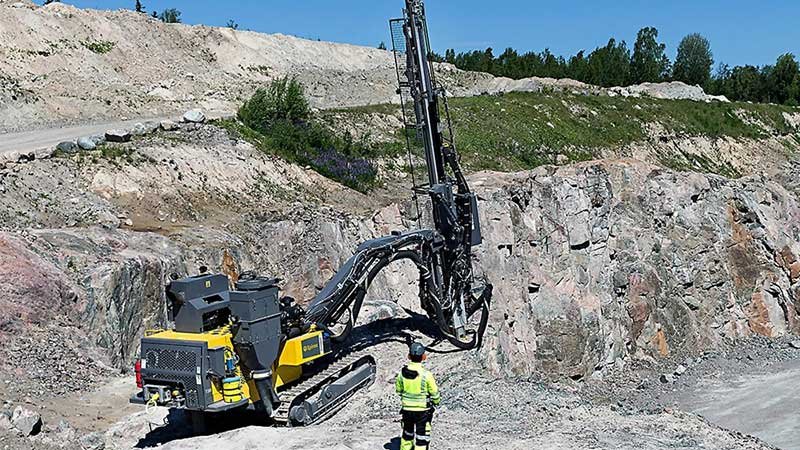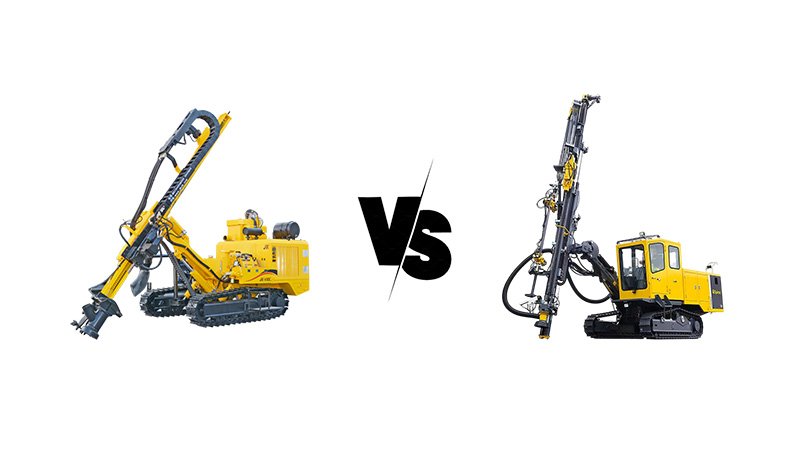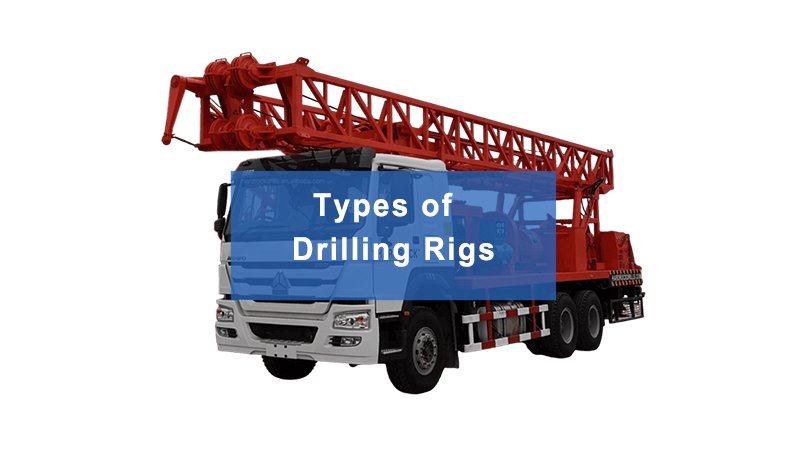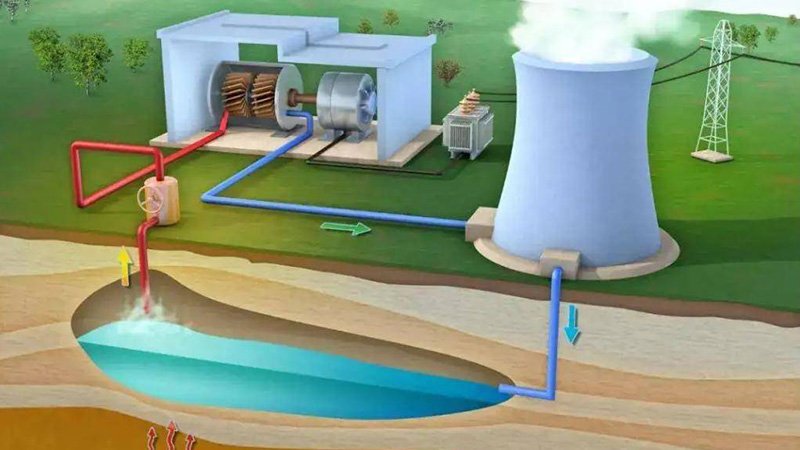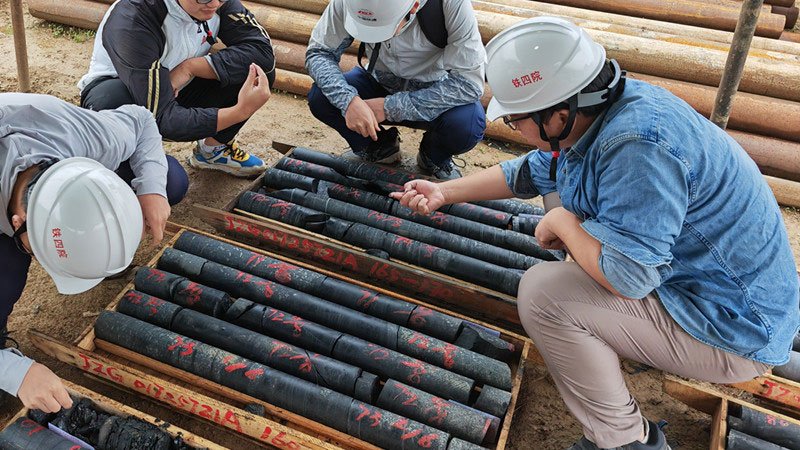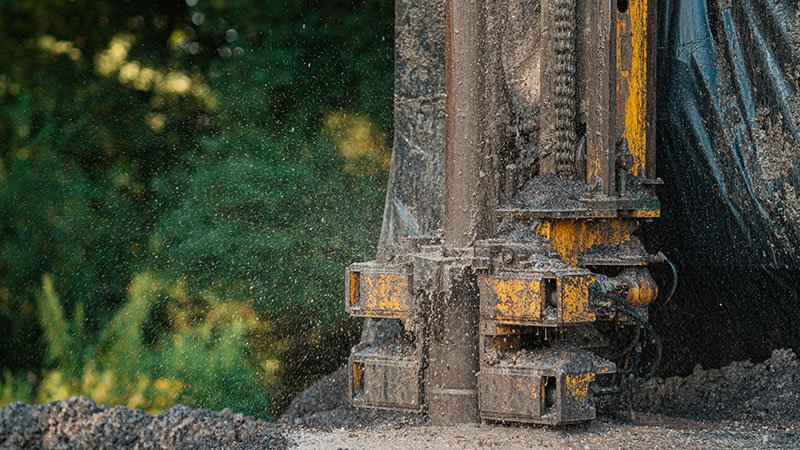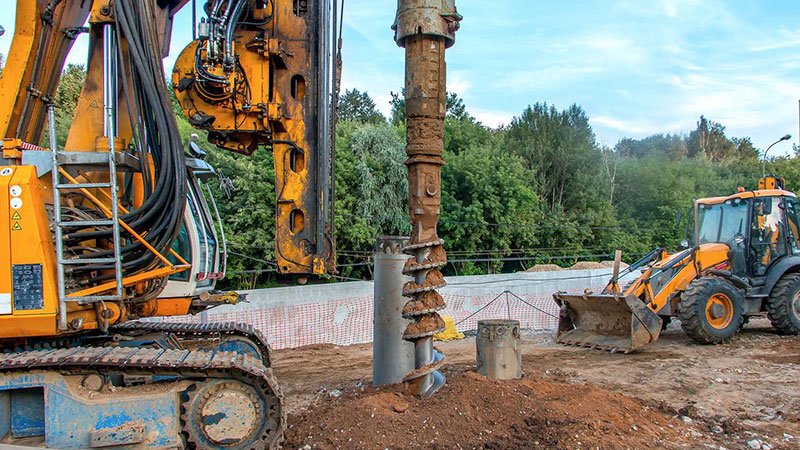Struggling to picture where construction materials come from? The process can seem complicated. This guide breaks down quarrying into simple steps, showing how we extract essential rock resources from the earth.
Quarrying is the process of extracting stone, sand, gravel, and other minerals directly from the surface of the land in an open-pit mine, known as a quarry. Its main purpose is to obtain raw materials for construction, manufacturing, and other industrial uses, forming the foundation of modern infrastructure.
Understanding this process is key for anyone in the construction, engineering, or resource sectors. It's the starting point for the materials that build our cities. I've spent years in this industry, and I want to walk you through how it all works. Let's dig into the details and see how this fundamental activity shapes our world.
What Are the Basic Concepts of Quarrying?
Do you find the terms "quarrying" and "mining" confusing? Using them incorrectly can create misunderstandings. Let’s clarify the basic definition of quarrying and explain exactly what it’s for.
Quarrying specifically refers to extracting non-metal materials like stone and aggregate from an open-pit site. Its primary goal is to supply the construction industry with essential building materials like dimension stone for buildings, crushed rock for concrete and roads, and sand or gravel.
What is Quarrying?
Quarrying is a type of surface mining. We do it when the rock or mineral we need is close to the earth's surface. Unlike deep underground mining, we remove the material directly from an open area. The site itself is called a quarry. My clients in the UAE, like Mohammed, rely on quarries for the high-quality limestone and gabbro needed for Dubai's massive construction projects. The process involves removing the topsoil and rock layers (called overburden) to get to the valuable stone underneath.
What are the Main Purposes of Quarrying?
The materials from quarries are the building blocks of our society. Without them, we couldn't build roads, bridges, or buildings. The purpose determines the type of stone we extract.
| Material Type | Primary Purpose & Application |
|---|---|
| Dimension Stone | Cut into blocks or slabs for buildings, monuments, and decorative facing (e.g., granite, marble). |
| Crushed Stone | Used as an aggregate in concrete, asphalt for roads, and as railway ballast. |
| Sand & Gravel | A key component in concrete, mortar, and asphalt mixes; also used for foundational fill. |
| Limestone | Used to make cement and lime; also used in agriculture and industrial processes. |
What Are the Main Methods and Types of Extraction?
Do you think all rock extraction is the same? Using the wrong method is inefficient and dangerous. Let's look at the key differences between quarrying and mining and explore common extraction techniques.
The main difference is that quarrying is done on the surface in an open pit, while mining often goes deep underground. Common quarrying methods include controlled blasting to break up large rock formations, precision cutting for dimension stone, and mechanical excavation for softer materials.
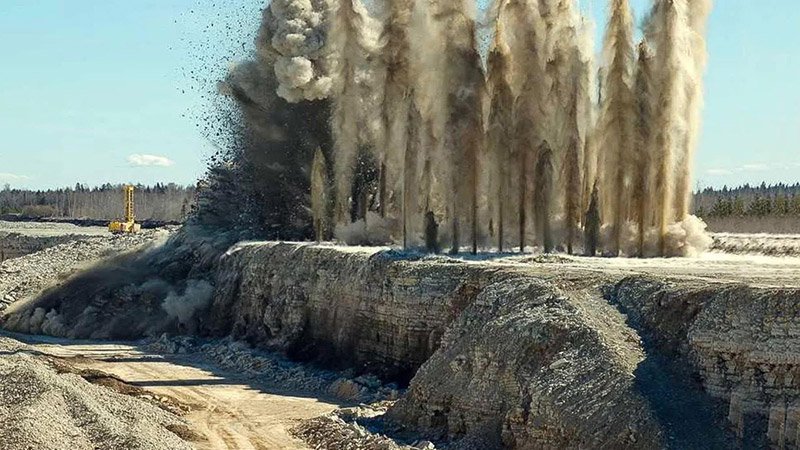
Quarrying vs. Underground Mining
Many people use the terms "quarrying" and "mining" as if they are the same, but they are very different operations. I always clarify this with new partners. The choice between them depends on the geology of the deposit and the type of material we need. Quarrying is generally safer and more cost-effective when the resource is near the surface.
| Feature | Quarrying (Open-Pit) | Underground Mining |
|---|---|---|
| Location | On the surface or just below it. | Deep beneath the surface. |
| Access | Direct, open access. | Tunnels, shafts, and ramps. |
| Materials | Building stone, aggregate, sand, slate. | Metals (gold, copper), coal, diamonds. |
| Equipment | Large excavators, haul trucks, drills. | Specialized, smaller equipment for tunnels. |
Common Quarrying Methods
The method we choose depends on the type of rock and what it will be used for.
- Blasting: This is the most common method for hard rock like granite. We use drilling rigs to create a pattern of holes, which are then filled with explosives. The controlled detonation fractures the rock into manageable pieces.
- Cutting: For high-value dimension stone like marble, we avoid blasting to prevent cracks. Instead, we use diamond wire saws or high-pressure water jets to cut large, precise blocks directly from the rock face.
- Excavation: For softer or loose materials like sand and gravel, we use heavy machinery like excavators and loaders to simply dig the material out and load it onto trucks.
What Are the Steps Involved in the Quarrying Process?
Does quarrying just seem like digging rock out of a hill? It's actually a carefully planned, multi-stage process. Skipping a step or doing it poorly can be costly and inefficient.
The quarrying process follows a clear sequence: 1) Exploration to find and assess the stone resource, 2) Site Preparation to clear the area and plan the work, 3) Extraction to break and remove the stone, and 4) Transportation and Processing to get it ready for use.
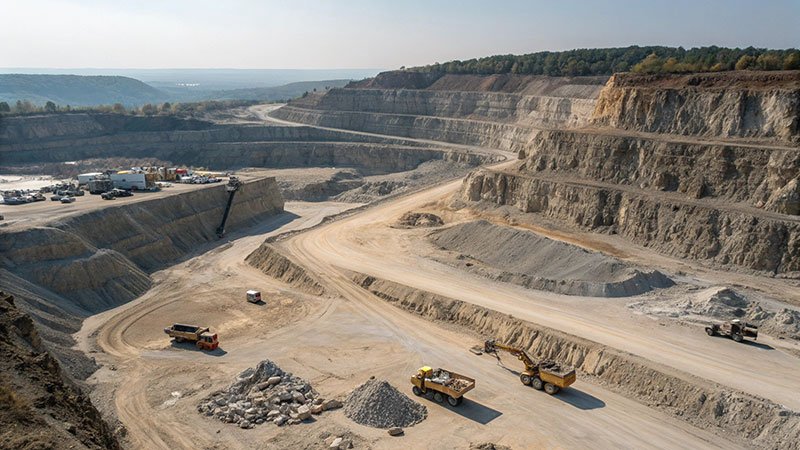
From my experience working with contractors across Africa and the Middle East, a successful quarry operation depends on executing each of these four stages perfectly. A mistake in the early stages can cause big problems later on. Let’s break down the typical workflow of a quarry from start to finish.
1. Exploration and Prospecting
Before we can dig, we have to find the right spot. This stage involves geological surveys, core sampling, and testing to confirm the quality and quantity of the stone. Geologists use maps and drilling rigs to take samples from deep in the ground to make sure the deposit is commercially viable.
2. Site Preparation
Once a site is chosen, we prepare it for extraction. This includes clearing away trees, topsoil, and loose rock—the overburden. We also build access roads for heavy machinery and set up site offices and equipment storage areas. A detailed quarry plan is created to ensure safe and efficient operations.
3. Extraction Operations
This is the main event. Depending on the method, it involves:
- Drilling: Using rigs to create holes for blasting.
- Blasting/Cutting: Breaking the rock from the face.
- Loading: Using large excavators or wheel loaders to scoop up the broken rock.
4. Transportation and Processing
The extracted rock, called "run-of-quarry," is loaded onto heavy haul trucks. These trucks transport it to an on-site processing plant. There, the rock is crushed, screened, and sorted into different sizes or "grades" to meet customer specifications before being shipped to construction sites.
What Equipment Is Used in Modern Quarrying?
Are you trying to run a quarry with outdated tools? Using the wrong equipment leads to high costs, low productivity, and safety risks. Modern machinery is essential for a competitive operation.
Modern quarries rely on heavy equipment like excavators, loaders, and haul trucks. However, the most critical tools for hard rock extraction are drilling rigs, which create precise holes for blasting, and crushing plants that process the material into usable sizes.
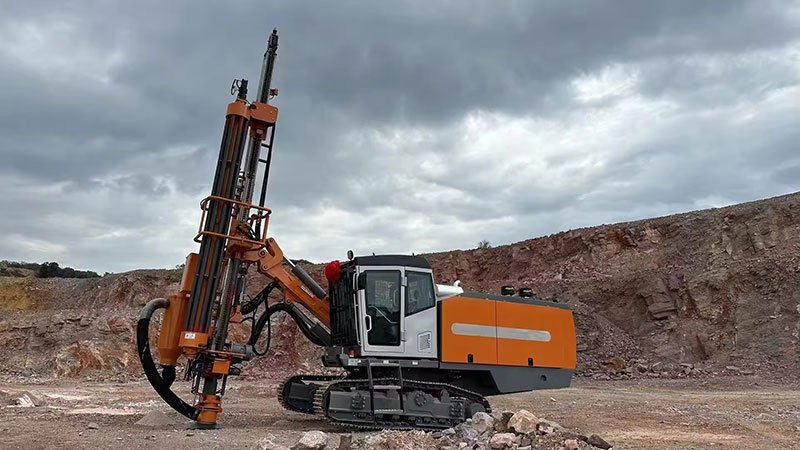
In my business, I see firsthand how the right equipment transforms an operation. A powerful, reliable drilling rig is the heart of any productive hard rock quarry. It sets the stage for everything that follows. Without good drilling, you can't have a good blast, and the entire process becomes inefficient.
Essential Quarrying Machinery
A fleet of specialized machines works together in a quarry. Each has a specific job:
- Excavators & Shovels: Used to remove overburden and load blasted rock onto trucks.
- Wheel Loaders: Versatile machines for loading trucks and moving materials around the site.
- Haul Trucks: Giant off-road trucks designed to carry tons of rock from the extraction face to the processing plant.
- Crushers & Screens: The processing plant machinery that breaks large rocks into smaller, graded aggregate.
The Critical Role of Drilling Rigs
For hard rock quarries, the drilling rig is arguably the most important piece of equipment. Its job is to drill a pattern of holes into the rock face with high precision. The accuracy of these holes—their depth, angle, and spacing—directly controls the effectiveness of the blast.
That's why at Hardrock, we've engineered our quarry drilling rigs to enhance precision and efficiency. A good blast breaks the rock into the ideal size, which makes loading and crushing easier and cheaper. A bad blast can result in oversized boulders that require extra breaking or excessive fines that are wasted. Our rigs help operators meet the distinct needs of their quarrying operations worldwide, ensuring every blast is optimized for productivity.
| Equipment | Key Function in the Quarrying Process |
|---|---|
| Drilling Rig | Creates precise holes for explosives, determining blast efficiency and rock fragmentation. |
| Excavator | Loads the blasted rock into haul trucks. |
| Haul Truck | Transports raw material from the face to the crusher. |
| Crusher | Breaks down large rocks into specified sizes of aggregate. |
Conclusion
Quarrying is a vital, multi-step process for sourcing our essential construction materials. Success depends on proper planning, correct methods, and powerful, reliable equipment, especially high-performance drilling rigs.

